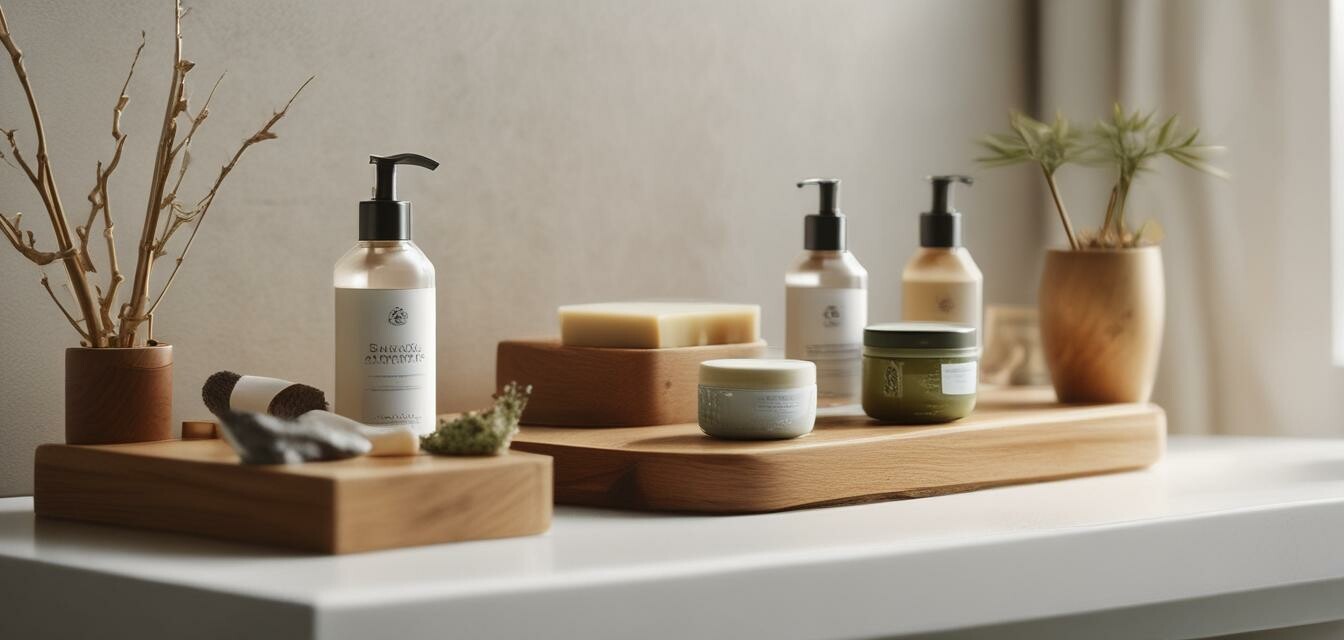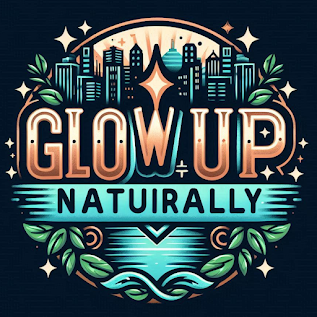
The Growing Popularity of Clean Beauty
- Clean beauty emphasizes non-toxic ingredients and ethical production.
- Consumer demand for transparent labeling is influencing brand choices.
- Innovations in eco-friendly packaging are on the rise.
- Organic skincare products are becoming essential for a sustainable beauty routine.
- Understanding the clean beauty movement helps consumers make informed choices.
The clean beauty movement has taken the skincare world by storm, reshaping the way consumers view their beauty products and routines. This trend centers around the fundamental principle of using products that are free from harmful chemicals, cruelty-free, and sustainably sourced. As brands respond to consumer demands for transparency and ethics, understanding the clean beauty movement is more crucial than ever for making informed choices regarding skincare.
What is clean beauty?
Clean beauty refers to products that prioritize safe, non-toxic ingredients and are formulated without harmful substances. This movement emphasizes transparency in ingredient sourcing, production processes, and overall brand ethics. As more consumers become aware of the potential risks associated with chemical ingredients, the clean beauty trend is cementing its presence in the skincare industry.
Key factors driving the clean beauty movement
Several factors have influenced the rise of clean beauty, including:
- Consumer Awareness: Increased access to information via social media and blogs has educated consumers about harmful ingredients.
- Demand for Transparency: Consumers seek brands that are open about their sourcing and manufacturing processes.
- Environmental Concerns: Many consumers are opting for skincare products that are sustainable and have minimal environmental impact.
- Rise of Organic Skincare: Aligning with natural and organic product principles resonates with health-conscious buyers.
Impact on consumer purchasing decisions
The clean beauty movement significantly impacts how consumers make purchasing decisions. Below is a comparison table illustrating the differences between traditional beauty products and clean beauty products based on key aspects:
| Aspect | Traditional Beauty Products | Clean Beauty Products |
|---|---|---|
| Ingredients | Potentially harmful chemicals | Non-toxic, safe ingredients |
| Animal Testing | Often tested on animals | Cruelty-free, ethical practices |
| Environmental Impact | Excessive packaging, harmful disposal | Sustainable packaging, eco-friendly practices |
| Brand Transparency | Minimal labeling, unclear sourcing | Clear, transparent ingredient sourcing |
Consumer preferences
According to recent surveys, many consumers are willing to pay a premium for clean beauty products. Here are some statistics supporting this trend:
- 65% of women prefer natural skincare options.
- 71% of consumers are concerned about the ingredients in their beauty products.
- 54% are likely to switch brands for more environmentally friendly options.
The role of innovations in clean beauty
Innovation within the clean beauty sector is vital for keeping pace with consumer demands. Here are some of the latest trends in product development:
- Eco-friendly packaging: Brands are exploring alternative materials to reduce plastic waste.
- Sustainable sourcing: Ethical ingredient sourcing is becoming a priority for many companies.
- DIY formulations: Consumers are increasingly interested in creating their own skincare products using organic ingredients.
Embracing organic skincare routines
The clean beauty trend is closely tied to organic skincare products. By integrating organic products into skincare routines, consumers can support sustainable practices while achieving radiant skin. Visit our detailed [organic skincare buying guides](/blog/organic-skincare-buying-guides) for additional insights into selecting the best products.
How to choose clean beauty products
With numerous options available, selecting the right clean beauty products can be overwhelming. Here’s a step-by-step guide to help you make informed choices:
- Research brands to ensure they prioritize clean beauty.
- Read labels carefully to check for harmful ingredients.
- Seek out certifications that indicate clean practices (e.g., cruelty-free, organic).
- Evaluate packaging for sustainability.
- Check reviews and testimonials from other users.
Future of clean beauty
The clean beauty movement shows no signs of slowing down. With consumers becoming increasingly conscious of their skincare choices, brands are likely to continue innovating and adapting to these preferences. We can expect to see more latest trends emerging in clean beauty that will redefine what it means to care for our skin responsibly.
Tips for embracing clean beauty
- Start small by replacing your favorite products with clean alternatives.
- Keep an eye on new product launches in the clean beauty space.
- Educate yourself on the ingredients used in skincare products.
- Engage with community discussions about clean beauty trends.
Pros
- Safe for skin with non-toxic ingredients.
- Ethically produced and cruelty-free.
- Supports sustainable practices.
- Promotes transparency among brands.
Cons
- Higher price point compared to traditional products.
- Lack of a standardized definition for clean beauty.
- Potential for conflicting information about 'clean' ingredients.
Conclusion
The clean beauty movement is undoubtedly reshaping the skincare industry and influencing consumer purchasing decisions. By choosing organic skincare products and staying current with the latest trends, consumers can enjoy a beauty routine that aligns with their values of health and sustainability. Embracing clean beauty not only benefits your skin but also supports a healthier planet for future generations.


